ikfoundation.org
Promoting Natural & Cultural History
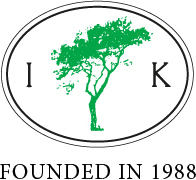




stand in a long line, parallel to one another,
between which are snow-filled valleys.

BACKGROUND
The BRIDGE BUILDER EXPEDITIONS are the overarching definition for a series of contemporary and scientifically sustainable projects established by The IK Foundation, an undertaking which aims to inspire and contribute to understanding of our shared planet! These projects are grounded in the concepts of retracing and lifting both practical and theoretical knowledge from the Linnaeus Apostles' journeys. The core of said projects revolve around a series of expeditions – with fieldwork in both rural and urban landscapes – which will be used to collect data and knowledge from several of the world's continents. This work incorporates a look into both cultural and societal values of specific regions as well as the measuring of the natural permutations of the landscapes travelled three centuries ago and if they have shifted with the passing of time. In essence the BRIDGE BUILDER EXPEDITIONS are a mixture of 18th century knowledge and 21st century know-how, two contrasting entities employed in unison to create an endeavour which is interdisciplinary but also groundbreaking within its field. These contemporary expeditions offer insight into the developments and constants of the world we live in, divergences which lay the groundwork for new avenues of knowledge.
FORLANDSØYANE, SPITSBERGEN (SVALBARD)
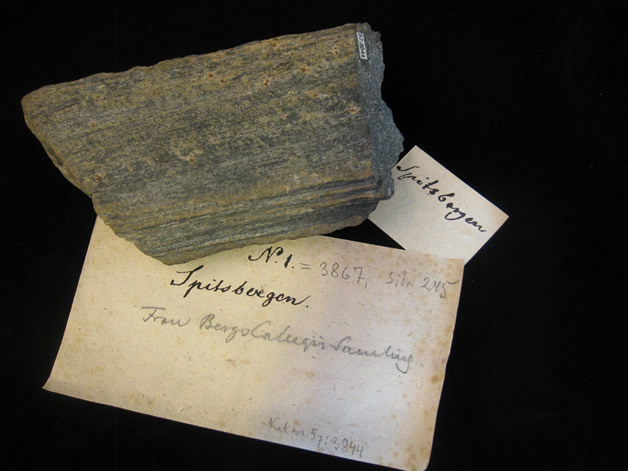 The rock specimen is a quartzite with intercalations of grey slate bands and dotted with small pyrites. In 1920 Nils Zenzén identified the sample as the one donated to the Royal Academy of Sciences by Anton Rolandsson Martin. Photo: Jonas Hagström, Department of Palaeobiology at the Swedish Museum of Natural Sciences.
The rock specimen is a quartzite with intercalations of grey slate bands and dotted with small pyrites. In 1920 Nils Zenzén identified the sample as the one donated to the Royal Academy of Sciences by Anton Rolandsson Martin. Photo: Jonas Hagström, Department of Palaeobiology at the Swedish Museum of Natural Sciences.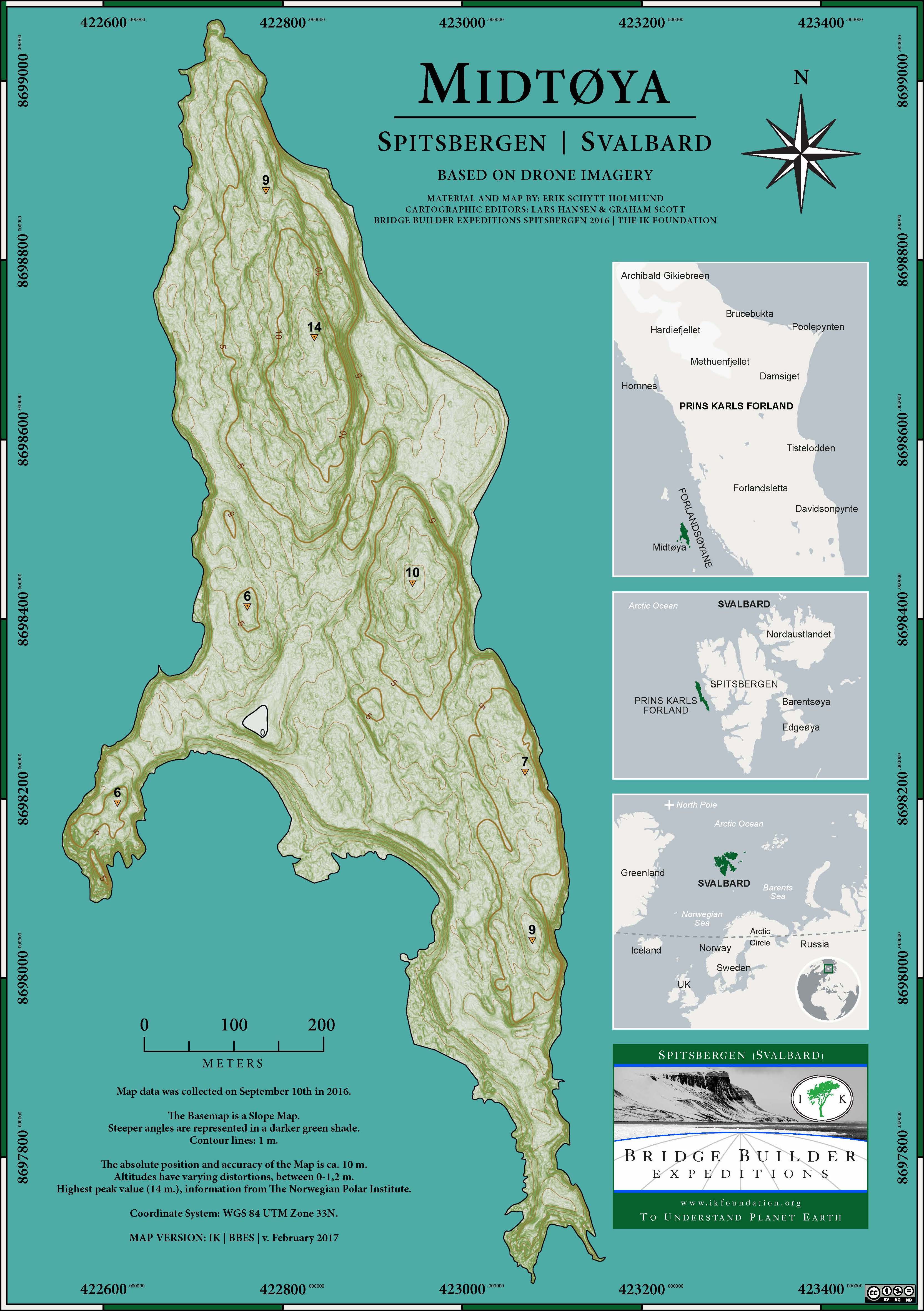
 Midtøya, Spitsbergen, Svalbard. (MAP VERSION: IK | BBES | v. February 2017).
Midtøya, Spitsbergen, Svalbard. (MAP VERSION: IK | BBES | v. February 2017).
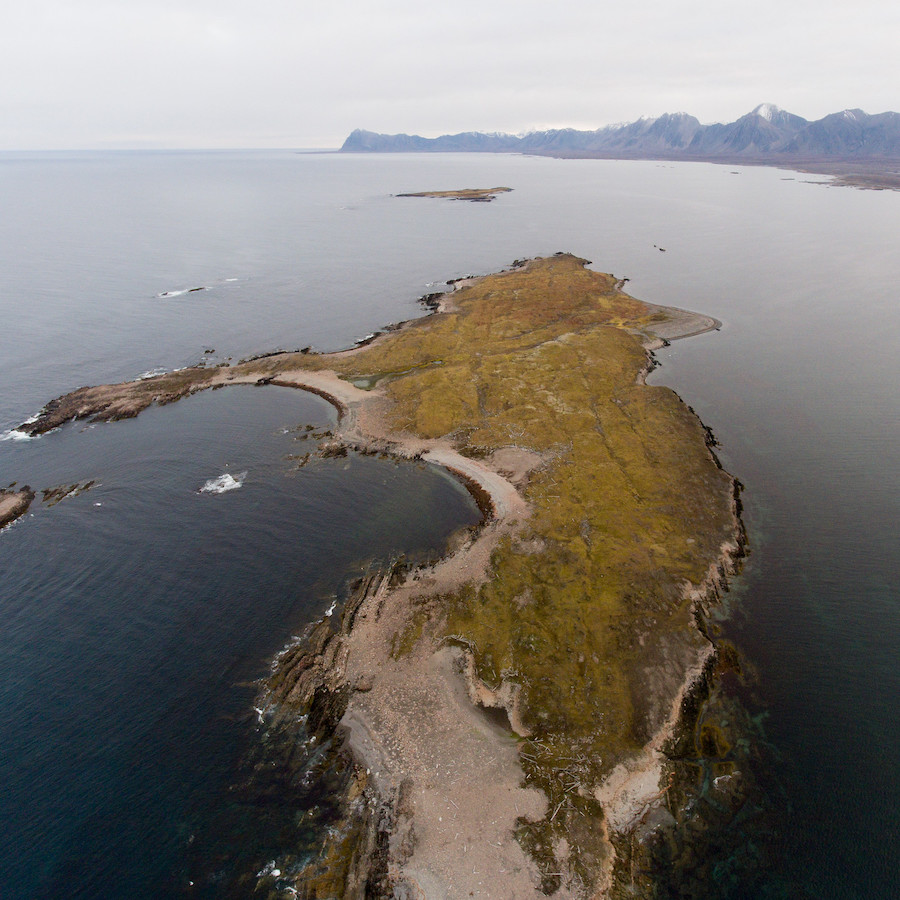 Midtøya and Nordøya, Forlandet Nationalpark, Svalbard. 10.9.2016. PHOTO: Erik Schytt Holmlund | Bridge Builder Expeditions Spitsbergen, Voyage I, 2016.
Midtøya and Nordøya, Forlandet Nationalpark, Svalbard. 10.9.2016. PHOTO: Erik Schytt Holmlund | Bridge Builder Expeditions Spitsbergen, Voyage I, 2016.One of the first known and documented scientific investigation of Forlandsøyane took place on the first of July, 1758. Then, Anton Rolandsson Martin, one of the Linnaeus Apostles, managed to get ashore and study the landscape at the Forlandsøyane islands. For the purpose of scientific studies of the climate, fauna and flora of Spitsbergen, he was a guest naturalist aboard a whaling ship.
While able to stay on this location for a few hours only, Anton Rolandsson Martin, scientifically trained by Carl Linnaeus and highly motivated, used the time available in a very determined manner. In addition to writing a thorough description of the landscape, size and form of the island, climate, fauna and flora, he selected a small but significant rock sample for further studies at home. This sample was documented, studied and classified by the Royal Swedish Academy of Sciences. It is noted that the same Academy had provided important funding for his Spitsbergen research endeavour.
Inspired by the pioneer investigations of Anton Rolandsson Martin, The IK Foundation arranged, in September 2016 (Voyage I) a research expedition to Spitsbergen and, not at least to the largest of the three islands, Midtøya. The expedition was part of The IK Foundation’s global BRIDGE BUILDER EXPEDITIONS programme. Just as Anton Rolandsson Martin in 1758, the members of the 2016 expedition studied the west coast of Spitsbergen concerning climate, glaciers, flora and fauna as well as its impressively well-preserved cultural heritage. At the same time, the expedition, guided by Anton Rolandsson Martin’s diary, succeeded in confirming Forlandsøyane as the islands visited and studied by him. His diary was additionally first published in English by the IK Foundation in 2007 – The Linnaeus Apostles Global Science & Adventure (Volume Two, Book One), together with his Talk On Norwegian Housekeeping based on his observations from a journey to Norway in 1759-1760. More information on Anton Rolandsson Martin as a person and his work can be found in iFACTS and iMAPS. During Voyage II a year later (2017), the expedition visited Forlandsøyane for further documentation and studies, in particular visits to the second largest island, Nordøya and the nearest coast of Prins Karls Forland.
FIELD STATION | NATURAE OBSERVATIO | MARTIN'S EYE
 In addition to the ongoing expeditions and the interdisciplinary special studies of the Forlandsøyane area, The IK Foundation, supported by LMK-stiftelsen, Foundation for Interdisciplinary Scientific Research, have decided to attempt further long-term scientific investigations of the west coast of Spitsbergen. This implied initiation of a large-scale project for further studies of Forlandsøyane and the west coast of Forlandsletta – its ecology, climate, fauna and flora, all with emphasis on environmental and cultural preservation of this invaluable place. One of very few places on Earth still possessing truly pristine wilderness, an ambitiously sheltered haven for important wildlife species.
In addition to the ongoing expeditions and the interdisciplinary special studies of the Forlandsøyane area, The IK Foundation, supported by LMK-stiftelsen, Foundation for Interdisciplinary Scientific Research, have decided to attempt further long-term scientific investigations of the west coast of Spitsbergen. This implied initiation of a large-scale project for further studies of Forlandsøyane and the west coast of Forlandsletta – its ecology, climate, fauna and flora, all with emphasis on environmental and cultural preservation of this invaluable place. One of very few places on Earth still possessing truly pristine wilderness, an ambitiously sheltered haven for important wildlife species.As a result, The IK Foundation has defined an international interdisciplinary project featuring the installation and operation in the coastal area around the Forlandsøyane/west coast of Forlandsletta of an eco-designed autonomous scientific field station, referred to as the FIELD STATION | NATURAE OBSERVATIO | MARTIN’S EYE. The aim of the station is detailed round-the-clock functions as well as round-the-year scientific studies without disturbing presence of people.
For more information about the IK Foundation’s Field Station program, please visit our dedicated site: FIELD STATION | NATURAE OBSERVATIO
AIMS & IDEAS
In addition to the overarching goals which are initially described in conjunction with the BRIDGE BUILDER EXPEDITIONS, the work will seek out what is unique with each chosen Apostle’s work and to study (a selection of):
GENERAL
- How said Apostles’ knowledge (practical/theoretical) was used after their initial observations in respective countries.
- If their observations have been used in modern contexts to understand change/happenings or in various analyses.
- To document a selection of physical locations visited by each respective Apostle and to try and find points of connection between then and now.
- Comprehensive looks at what benefits and/or influence – if not primarily historical – their journals and documentations have had for their respective nations and subjects.
SPECIFIC
- Locate and confirm Anton Rolandsson Martin’s landing place on the west coast of Spitsbergen.
- To compare Anton Rolandsson Martin’s natural history samples and descriptions with new collections and knowledge.
- To establish an eco-designed autonomous scientific field station, referred to as the FIELD STATION | NATURAE OBSERVATIO | MARTIN’S EYE as a large-scale project for further studies of the coastal area around the Forlandsøyane/west coast of Forlandsletta.
- To follow Anton Rolandsson Martin’s sail route to its most northerly point (almost) 80° N, where he observed the Cape Hakluyt at the 27th of June (79.7837° N, 10.7635° E).
- Documenting the flora, fauna, geology etc along the route to compare with Martin’s descriptions as well as later expeditions’, and within this context study which similarities and changes these documentations from 250 years of scientific work can be made useful today.
- Comparing various forms of documentation (text, drawing, photography etc) originating from different expeditions and give present day field artists a possibility to document the natural environment and everyday life of the expedition.
- Among other matters; to present the results of the project in an exhibition at Grenna Museum - The Andrée Expedition Polar Centre, Sweden, which will be followed by an international travelling exhibition and additionally display the conclusions of the project in iLINNAEUS, iTEXTILIS, publications (series: Mundus Linnæi, The Explorer's Field Guide) and articles etc.
- To inspire new interdisciplinary research in the spirit of Anton Rolandsson Martin – one of the first scientific field travellers to the Arctic area whose aims were to understand more about our planet Earth. The idea is to follow – in this case the journey of Anton Rolandsson Martin – through observations but also interactions with people, organisations and institutions in seeking to gain a better understanding of how the Linnaeus Apostles’ work eventually became part of the practical and theoretical framework of knowledge through history. Work which built bridges between then, now and maybe even tomorrow.
PRACTICAL REALISATION
- Voyage I was a co-operation between The IK Foundation, Swedish Museum of Natural History, University of Gothenburg (Valand Academy) and Grenna Museum - The Andrée Expedition Polar Centre.
- Voyage II – Field Station | Naturae Observatio | Martin’s Eye was a co-operation between The IK Foundation and LMK-stiftelsen, Foundation for Interdisciplinary Scientific Research.
- Voyage III – Field Station | Naturae Observatio | Martin’s Eye is a co-operation between The IK Foundation and LMK-stiftelsen, Foundation for Interdisciplinary Scientific Research.
- Voyage IV.A-B – Field Station | Naturae Observatio | Martin’s Eye is a co-operation between The IK Foundation and LMK-stiftelsen, Foundation for Interdisciplinary Scientific Research.
- Voyage V – Dismantling of Field Station | Naturae Observatio | Martin’s Eye is a co-operation between The IK Foundation and LMK-stiftelsen, Foundation for Interdisciplinary Scientific Research.
PUBLIC DOMAIN & CROWD SCIENCE
The BRIDGE BUILDER EXPEDITIONS are presented in detail on their dedicated sites under iPROJECTS within iLINNAEUS. Here anyone interested can receive visual and textual updates from our members in the field, as well as results which said expeditions will create. The results themselves will be accessible via iLINNAEUS under the Creative Commons licences which we operate within, as well as in printed articles and publications. Interested individuals and organisations with local knowledge within the geographical and subject areas which the expeditions will encompass are welcome to get in touch with the IK Foundation. What is today denoted as Crowd Science was something the Linnaeus Apostles had great adherence to. We are especially interested in reaching out to projects which have used or use modern interpretations of the Apostles' work in their own studies and research!
iPROJECTS
- (Main title) The Linnaeus Apostles BRIDGE BUILDER EXPEDITIONS To Understand Planet Earth
- (Subtitle) BRIDGE BUILDER EXPEDITIONS - Spitsbergen (Svalbard)
- FIELD STATION | NATURAE OBSERVATIO | MARTIN’S EYE
- Spitsbergen, Svalbard; in the agreement of the international Spitsbergen treaty (Svalbard treaty)
- Geography
- 18th century Studies'
- Cultural History
- History of Science
- Natural History
- Economic History
- Field Notes, Arts and Photography
- Field station, long-term observations
- Ecology
- The IK Foundation, London, United Kingdom
- Natural History Museum University of Stockholm, Sweden
- Grenna Museum Polarcenter, Sweden
- University of Gothenburg, Sweden
- The Norwegian Meteorological Institute, Norway
- Lund university, Sweden
- The Royal Geographical Society (with IBG), United Kingdom
- The Swedish Academy, Sweden
- Stockholm university, Sweden
- University of Tromsø, Norway
- INTERACT | International Network for Terrestrial Research and Monitoring in the Arctic, EU
- GBIF | Global Biodiversity Information Facility, Norway & United Kingdom
- Natural History Museum University of Oslo, Norway
- Department of Biology, Lund University, Sweden
- Lund Observatory, Department of Astronomy and Theoretical Physics, Lund University, Sweden
- UNIS Aurora Observatory: The Kjell Henriksen Observatory (KHO), Svalbard.
- The Swedish Museum of Natural History, Sweden
- The Thora Ohlsson Foundation, Sweden
- LMK-stiftelsen, Foundation for Interdisciplinary Scientific Research, Sweden
- Stiftelsen Olle Engkvist Byggmästare, Sweden
- The Swedish Academy, Sweden
- 2016: Expedition Voyage I: Field work, research, documentation and follow-up work.
- 2017: Expedition Voyage II: Field work, research, documentation and follow-up work.
- 2018: Expedition Voyage III: Field work, research, documentation and follow-up work.
- 2019: Expedition Voyage IV:A (May) and Voyage IV:B (September/October): Field work, research, documentation and follow-up work.
- 2020: Expedition Voyage V: Dismantling of the Field Station, documentation and follow-up / planning of publicise work.
- 2021: Research, follow-up work, Publicise work of Publication | Exhibition | Multimedia, with the title NATURAE OBSERVATIO SPITSBERGEN | SCIENCE EXPEDITIONS | TEXTS & OBSERVATIONS FROM THE PAST TO PRESENT TIME.
- 2023/24: International launch of the publicise work of Publication | Exhibition | Multimedia, with the title NATURAE OBSERVATIO SPITSBERGEN | SCIENCE EXPEDITIONS | TEXTS & OBSERVATIONS FROM THE PAST TO PRESENT TIME.
- iLINNAEUS.org
- Publicise work of Publication | Exhibition | Multimedia, with the title NATURAE OBSERVATIO SPITSBERGEN | SCIENCE EXPEDITIONS | TEXTS & OBSERVATIONS FROM THE PAST TO PRESENT TIME.
- Field Station | Naturae Observatio
- Expedition Picture Portfolio
- Expedition Video Portfolio
- Expedition Panoramic Portfolio
- Research in Svalbard (RIS)
- RIS-ID 10275 (Bridge Builder Expeditions Spitsbergen)
- RIS-ID 11055 (Field Station Research Projects)
- The Norwegian Polar Institute's topographical Svalbard map portal
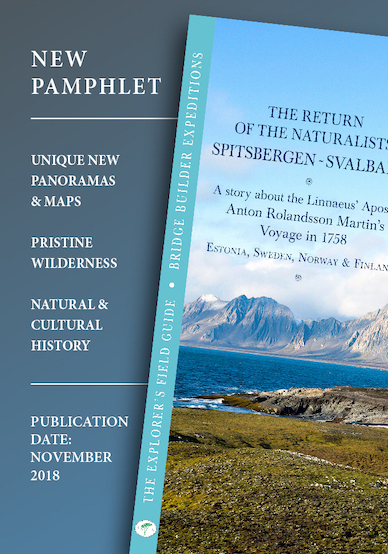

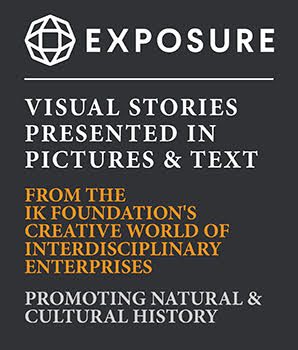
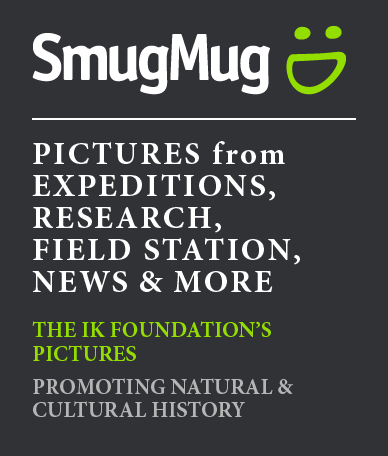
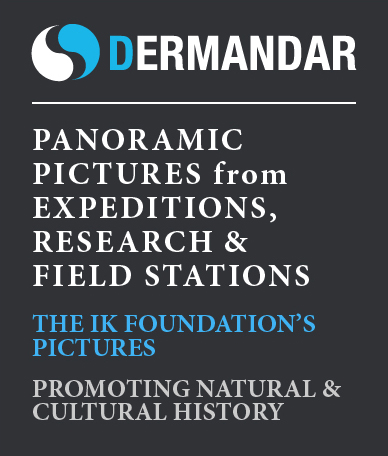

been copied to your clipboard




– a truly European organisation since 1988
Legal issues | Forget me | and much more...
It is free to use the information/knowledge in The IK Workshop Society so long as you follow a few rules.
 LEARN MORE
LEARN MORE











